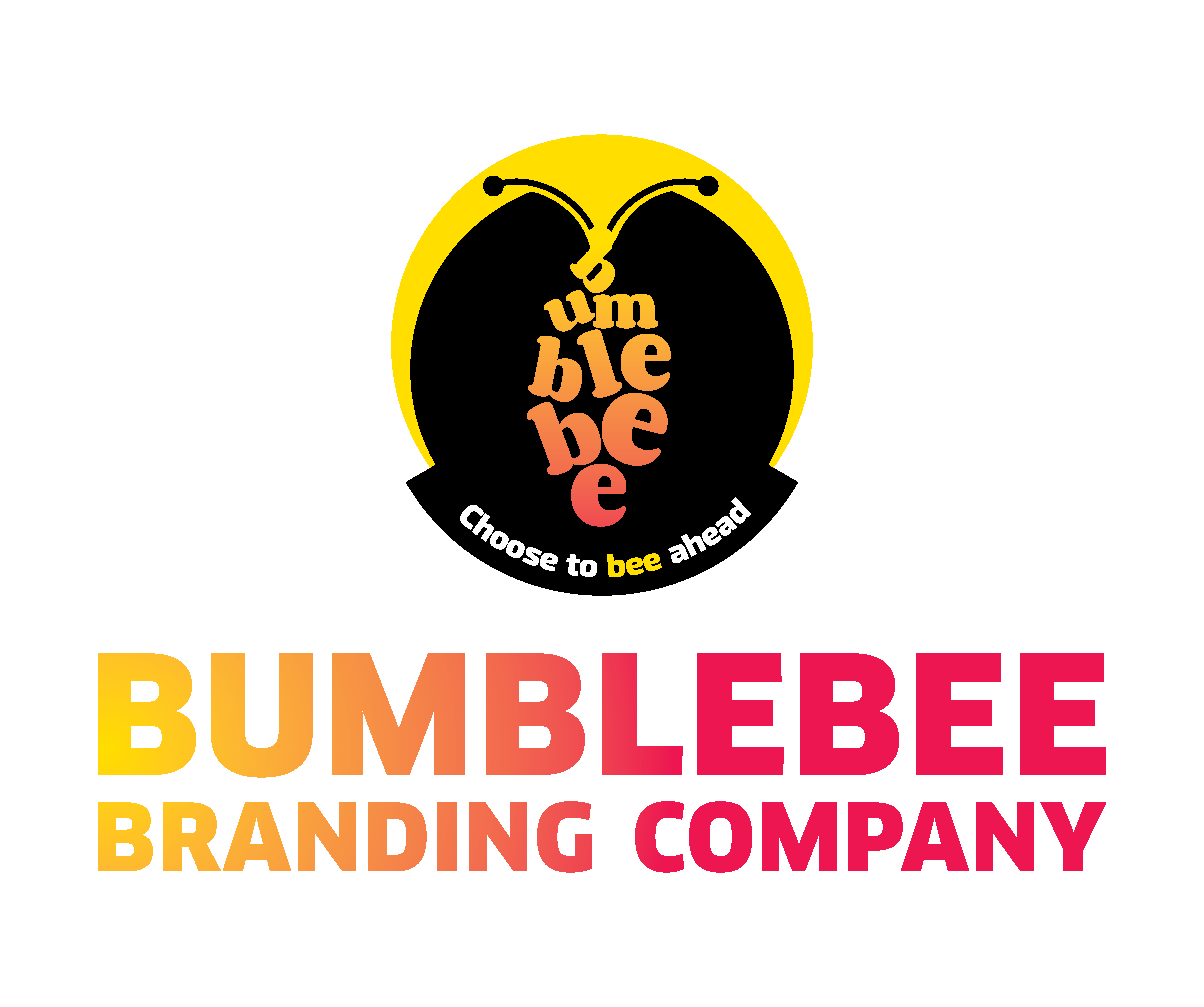A good brand strategy helps you define your milestones and can achieve desired results – including setting you apart from the rest of your competition. Brand strategy helps you connect consumer behaviour, beliefs, and trends to your company’s core competencies while also planning how to become better performers than your competitors.
Here are our five rules to develop a powerful brand strategy framework.
- Pair your product with a narrative
People respond better to a story than just product benefits. You need to pair your product with an emotional narrative that makes them sit up and believe they need it in their lives as soon as possible. For example, if your main product shoes, you’re not just selling the shoes themselves. In your website, you can stress the urgency of buying a good pair of shoes on a quest to get healthy and fit through walking and running.
2. Be specific with the “Why”
The “Why” is the reason that you exist and the reason that people should purchase your product. Make sure you spotlight it and answer it clearly before even looking at the “What” and “How”. If you’re selling shoes, you should know why you believe those shoes are essential products for people to have in their lives. The Nike website has a three-line explanation for every product on how it can make a difference to a daily routine.
3. Spotlight the customer, not yourself
When thinking of the user experience, make sure you list the product benefits to spotlight the customer, even tailoring your pricing, content, and packaging to that principle. In order to make sure that your product benefits the audience, find out what the audience needs before even creating the product. The benefit should follow the need, and not the other way around.
4. Do not be afraid to take bold risks
While old brands have always relied on authenticity to be successful, new and emerging brands are in a prime position to experiment and stand out. Brands that take bold risks have a high chance of paying off. Burger King took a risk by moving away from their famous beef burgers and offered a meatless option. This was a risky move because original Whopper lovers might not want to try it, and vegetarians might not trust it. However, the Impossible Whopper was advertised as looking and tasting exactly like a regular Whopper, and catered to an entire new audience of people who might not have eaten at their restaurants before because of dietary preferences or restrictions.
5. Make the opposite a strategy as well
Roger Martin asks the question “Is the opposite of our strategy also a strategy?” If you’re stuck in your ways, you won’t be able to evolve in a growing market. You must also look at the opposite of what you’re currently doing – and do it. For example, if you think you can only target wealthy customers for branded shoes, look at the opposite – can you also target middle-class people with aspirations who will buy these shoes in the future when they have the income?
Dig deep into your brand to carve your brand strategy
Finding your key strategy is not an easy process, but you can do it easily with brand strategy consulting. Very often, a strategy session involves understanding your brand and its unique qualities and then optimizing them for the public. With the Bumblebee Branding Company, you can discover new strategy approaches to make you stand out.








